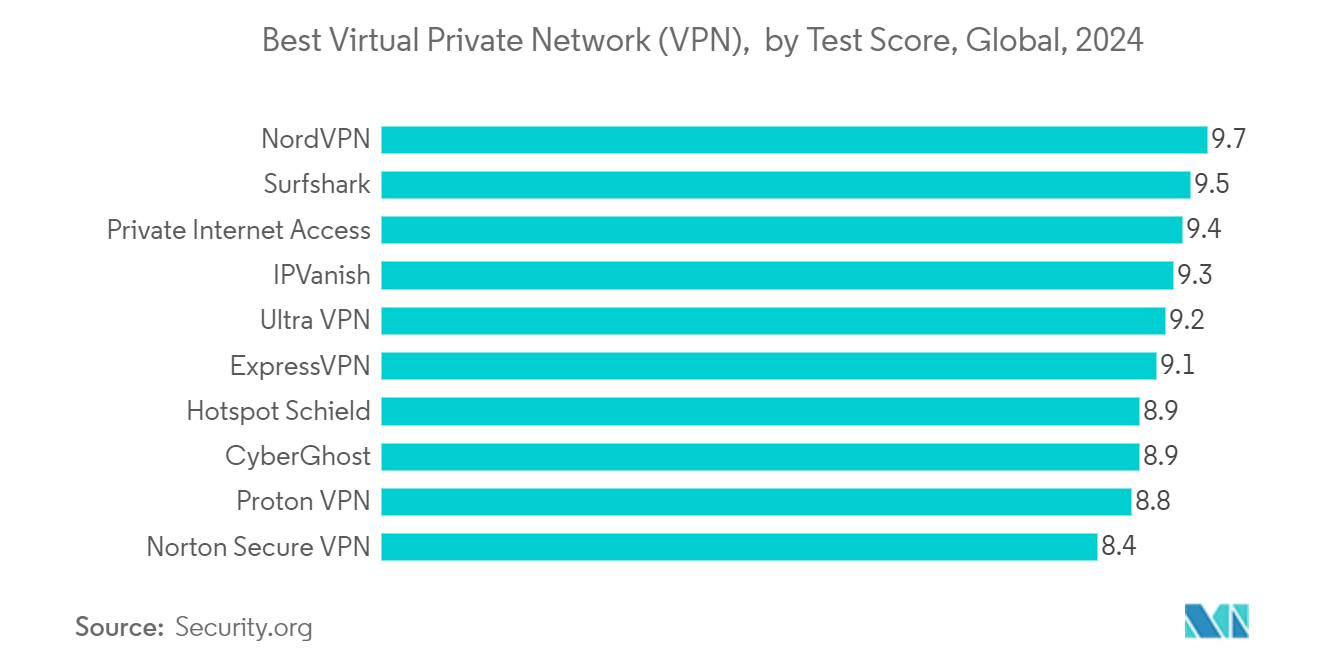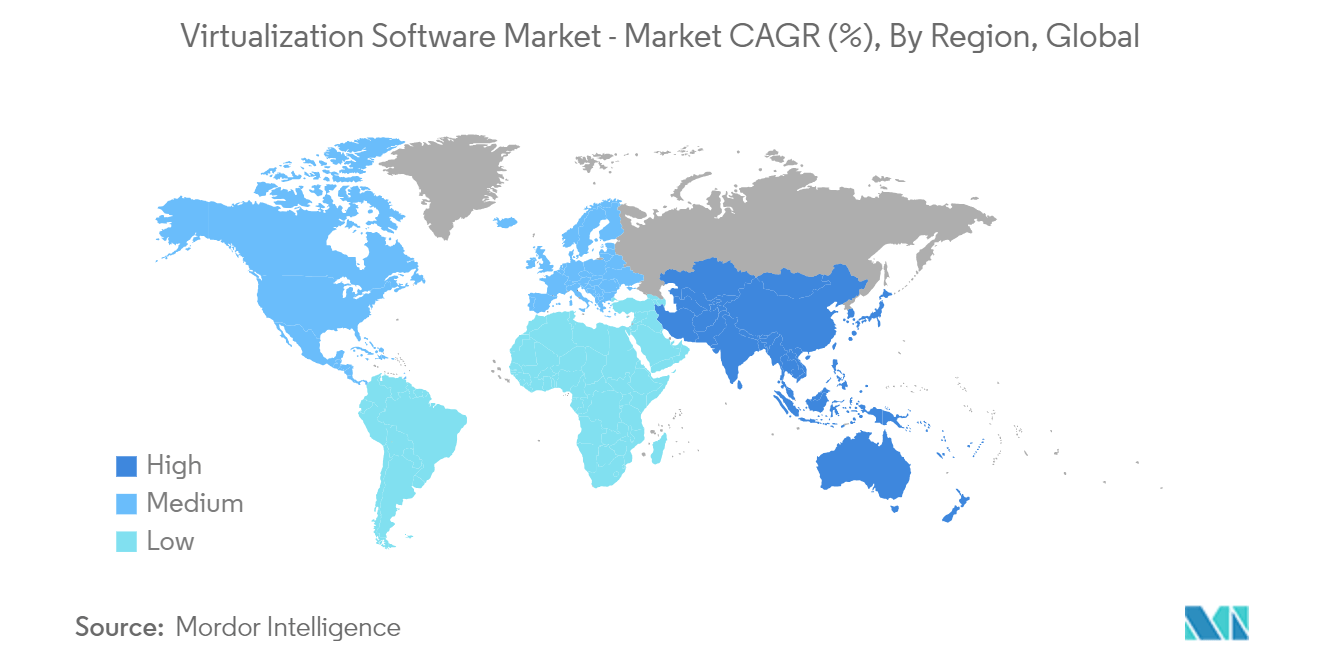Market Trends of Virtualization Software Industry
PC/ Desktop Virtualization is Expected to hold Major Market share
- As the demand for scalable and efficient IT solutions grows, the virtualization software market is expanding rapidly. Virtualization technology, which enables the creation of virtual versions of hardware and storage devices, boosts resource utilization while cutting costs. Cloud computing, data center virtualization, and advancements in hypervisor technology are key drivers of this market. Several notable trends are shaping the future of virtualization software.
- Remote Work Boosting VDI Adoption: The shift to remote work has driven adoption of virtual desktop infrastructure (VDI), which enables businesses to securely deploy desktop environments from central servers. This ensures seamless performance regardless of the employee’s location while reducing hardware costs.
- Application Virtualization Growth: As companies look to minimize compatibility issues and secure legacy systems, application virtualization is gaining traction. This technology allows applications to run independently from the underlying operating system, reducing risks and enhancing compatibility.
- Open-Source Software Expansion: Cost-effective open-source virtualization platforms such as KVM and Xen are gaining popularity, particularly among SMEs. These platforms provide powerful virtual machine management tools, helping businesses optimize their systems without incurring high licensing costs.
- Focus on Security: With the rise of cloud virtualization and hybrid IT setups, securing virtual environments has become a priority. The need to protect virtual machines and hypervisor layers drives demand for advanced security solutions, ensuring PC/desktop virtualization remains a dominant force in the market.

Asia Pacific is Expected to Register the Largest Market
- The Asia-Pacific region is expected to dominate the virtualization software market due to rapid industrialization, growing IT infrastructure investments, and the increasing adoption of cloud computing. Countries such as China, India, and Japan are spearheading this digital transformation, especially within industries like telecommunications and BFSI (Banking, Financial Services, and Insurance).
- Cloud Virtualization Growth: Businesses in the region are rapidly adopting cloud virtualization to enhance resource efficiency and cut IT costs. As companies shift from traditional hardware to virtualized environments, the demand for cloud services is driving robust market expansion.
- Open-Source Solutions for SMEs: Small and medium-sized enterprises (SMEs) are increasingly adopting open-source virtualization software due to its cost-efficiency and flexibility. This trend is bolstered by government initiatives to promote digital infrastructure in countries like India, leading to a higher demand for affordable, scalable virtualization solutions.
- Containerization Trends: The region is also witnessing a rise in containerization technologies, which offer more efficiency for cloud-native applications compared to traditional virtualization. This shift supports the growth of hybrid and multi-cloud environments, blending the benefits of both virtualization and containerization.


